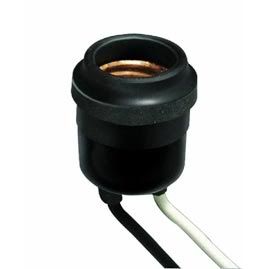Gategator37
Senior Member
Has anybody ever fused individually light poles? Say I put several lights on a 50 amp breaker and a ground fault occured at the fixture, rather than it tripping the 50 amp breaker and taking out a whole row of lights it just opened the fuse.
If you guys have ever done this what type of setup do you use?
Thanks for your help.
If you guys have ever done this what type of setup do you use?
Thanks for your help.

